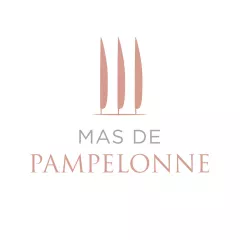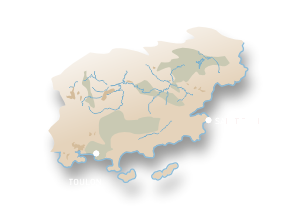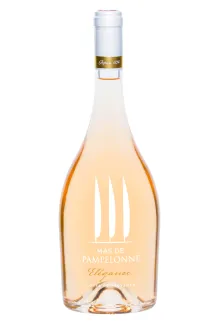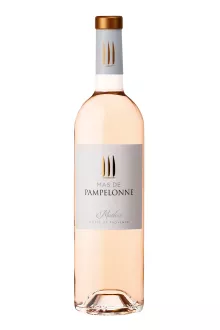Camille Coste: The Memory of Sand and Sea
“Camille represents the fourth generation of a family that has been cultivating this rare vineyard since 1886, set on the sands of Pampelonne beach. The family’s history and deep connection to the land guide the narrative, introducing the unique character of this sandy terroir, caressed by sea spray and the mistral wind, which gives the wines a rare iodized and crystalline freshness in the region.”
Thierry Desseauve
In this episode of Classe de maître, Camille Coste, estate manager at Mas de Pampelonne in Provence, introduces Thierry Desseauve to the rosé Mas de Pampelonne Élégance, made from vines planted directly in the sand along the beach. A wine of unparalleled energy, perfect for your summer meals.






